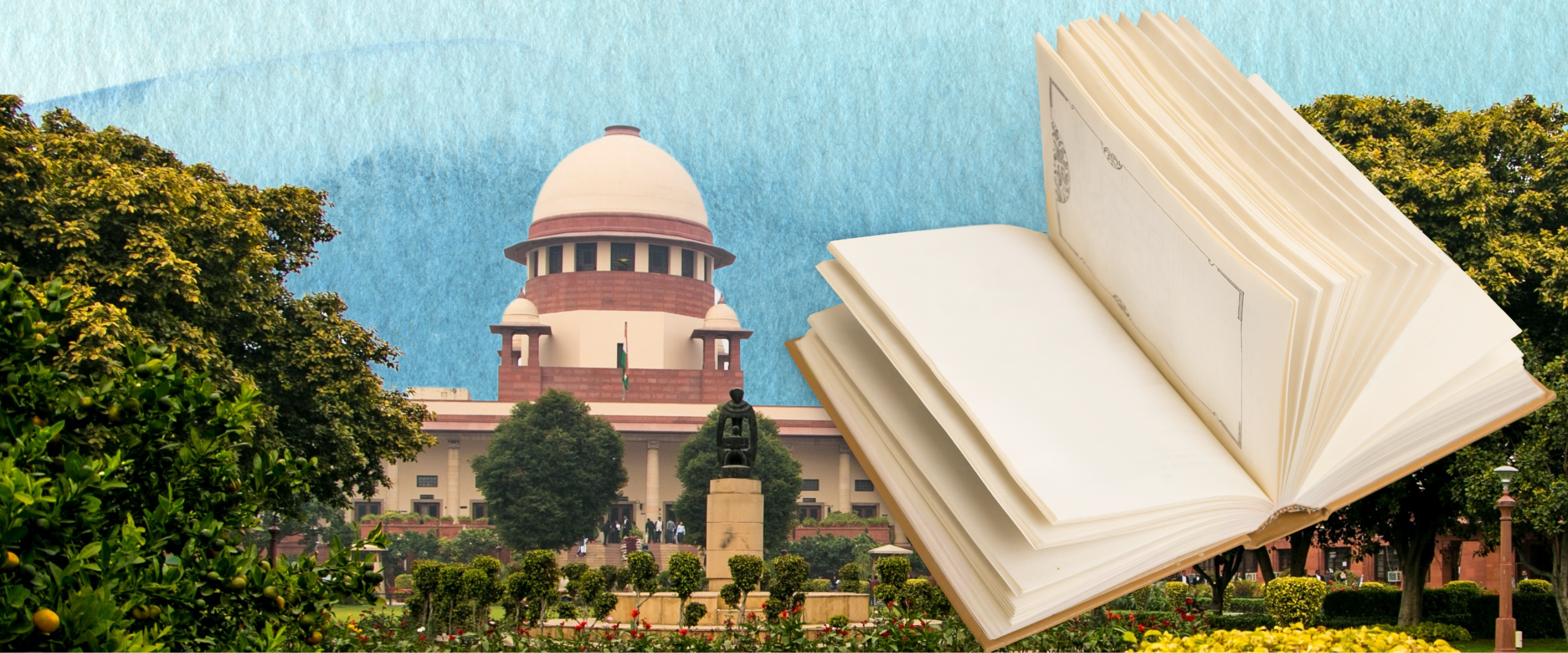Analysis
SCO Workshop at DSU
As part of the ‘Supreme Court in the Classroom’ series, SCO conducted a workshop at Dayananda Sagar University.

As part of our ‘Supreme Court in the Classroom’ series, we conducted a workshop on March 7th for around fifty journalism students of the College of Journalism and Mass Communication at Dayananda Sagar University.
The workshop invited students to critically think about the role of Supreme Court as an arbiter and interpreter of the Constitution of India. The students also navigated through the processes involved in the reporting of a case before the Supreme Court. The workshop had three primary components: A thirty-minute presentation by the SC Observer team, a worksheet, and a discussion on the worksheet.
Through the presentation, the SC Observer team gave the students a brief overview of the role of the Supreme Court in interpreting the Constitution of India. Thereafter, students were divided into small groups to solve the worksheet in about 45 minutes. This was followed by an engaging discussion, during which the students explained their responses to the questions in the worksheet. A detailed summary of the workshop is provided below:
Presentation on the Constitution and the Supreme Court
Research Associate Balu Nair, started the presentation by drawing an analogy between the rules of the game of cricket and the Constitution. When there is a dispute/disagreement in the game, the umpire is guided by the rule book of the cricket. Similarly, the Indian constitution acts as a rule book for the country which helps in its governance process.
Next up, Research Associate Kruthika R elaborated on how the interpretation of the Constitution is not the sole domain of courts. In this regard, she cited recent examples of how people had invoked the Constitution and its values in their daily lives. She concluded by saying that although everyone has the right to interpret the constitution, the Supreme Court has the final word, as the Constitution confers it with such authority.
In the second part of the presentation, Research Associate Jai Brunner showed the students how to understand and report on a Supreme Court case using relevant primary materials. Taking the Rafale matter as an example, he introduced the students to the following documents: writ petitions, written submissions, interim orders, and judgments. Further, he told them about oral arguments and showed them SC Observer’s archive of oral argument summaries.
The presentation ended with a short introduction to the case-study in the worksheet, namely the Sabarimala temple entry dispute.
Solving the worksheet
After the presentation, students took around 45 minutes to solve the worksheet using our website. The worksheet was designed to apply the concepts learned about reporting on Supreme Court cases.
Finally, Jai discussed the responses to the worksheets with students. He encouraged students to present their answers along with their reasoning for the same. With this, the workshop came to an end.